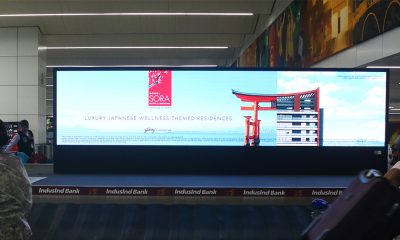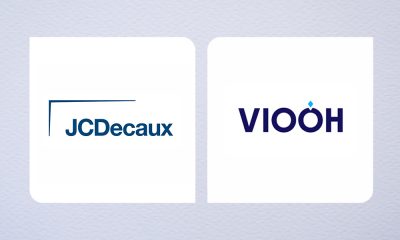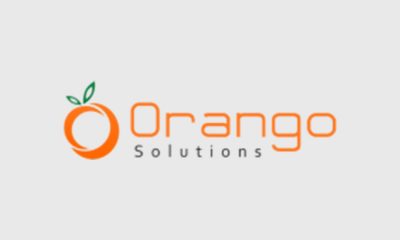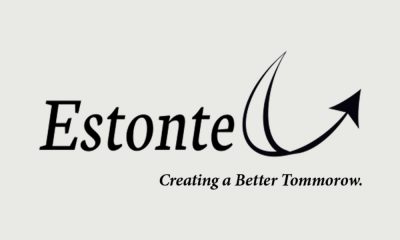Digital Network
‘Lemma independent SSP ensures transparency, accurate validation, efficient price discovery’
Gulab Patil, CEO, Lemma turns the spotlight on the programmatic platform’s USPs and growth plan
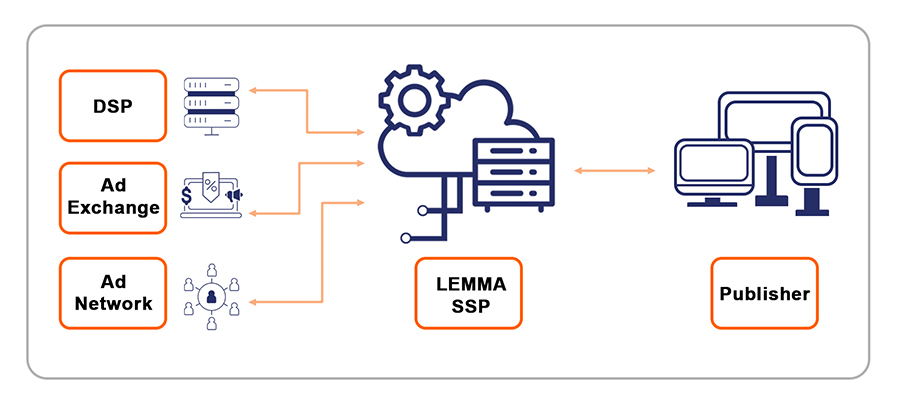
In the course of engagements with multiple brands in India, USA, Middle East and South-East Asian markets, pioneering programmatic digital out of home (pDOOH) technology company Lemma took cognizance of the high priority that brands place on the imperative of transparency in arriving at RoI on DOOH spends.
 To address this strong-felt need of advertising brands and indeed the DOOH network operators, Lemma set out to establish an independent Supply Side Platform (SSP) that is not aligned with any DOOH media ownership. Gulab Patil, CEO of Lemma, states that a media ownership-SSP combine is a flawed business model as advertisers are more inclined to repose faith in an independent SSP that does not promote its own media assets. “We have no plans to invest in DOOH media assets,” says Gulab.
To address this strong-felt need of advertising brands and indeed the DOOH network operators, Lemma set out to establish an independent Supply Side Platform (SSP) that is not aligned with any DOOH media ownership. Gulab Patil, CEO of Lemma, states that a media ownership-SSP combine is a flawed business model as advertisers are more inclined to repose faith in an independent SSP that does not promote its own media assets. “We have no plans to invest in DOOH media assets,” says Gulab.
Some time ago, a large VC firm had shown deep interest to invest in Lemma’s programmatic business, “but they also wanted us to develop media assets”. We did not accept that investment offer as we steadfastly adhere to our approach of keeping our programmatic platform independent of any media ownership business,” states Gulab. Amplifying the tenets of “Trust and Transparency” that define Lemma’s business engagements, Gulab explains that the company provides objective, accurate reports that are not tweaked to suit any media owner’s business exigencies.
“We also ensure that advertisers receive timely ad verification reports on the actual display of their respective campaigns on the DOOH screens,” says Gulab, as he underscores the need for providing brands quality, brand-safe and suitable inventory.
Illustrating this, he refers to an instance when one campaign that was programmatically run by Lemma ran into some display problems initially because of hardware-related issues. While the impressions and counting were being recorded, Lemma’s inbuilt solutions for checking the rendering of creatives brought to light that there was some problem with the actual displays. “Our quartile reports are accurate, citing the actual rendering and quality of the displays,” states Gulab, and added that while these practices are well established in the mobile, website, CTV segments, Lemma is the first to introduce these in the DOOH space.
By bringing about a transparent media buying system, the Lemma SSP is helping advertisers gain access to real media costing. At the same time, relatively smaller DOOH media operators who have difficulty in arriving the right floor value for their media assets also benefit from obtaining the data from Lemma that helps them to work out viable floor value that improves their respective media occupancy levels. The whole process is automated, based on data on total interest of advertisers and real time audience footfall, states Gulab.
Like other programmatic platforms, the Lemma SSP offers advertisers a complete audience buying solution to avoid wasteful spends on blunt and traditional DOOH campaigns. Advertisers can set triggers like a display being programmed to run only when there is a set number of people in the vicinity. “This precludes situations where displays run even when there is no audience,” explains Gulab.
Location parameters are set for each DOOH screen as per its size and location. Audience data is obtained from various data partners pertaining to each site location, which are then matched with the campaign parameters to trigger the displays.
Lemma SSP provides third party ad serving validations through standard DSPs like Google DV360, MediaMath, Yahoo, and others.
In addition, through the programmatic platform, advertisers are able to directly engage with media owners through the private marketplace (PMP). So, while the brands may be engaging with specific media owners, by taking the programmatic route, they can do audience buying, as well as enjoy total transparency in transactions backed with validation reports. “Advertisers need to pay for only those impressions that are SSP and DSP validated. This helps to avoid wasteful spends linked to fraudulent citation of audience and traffic,” says Gulab.
The Lemma SSP facilitates the perfect fit for brands and media sites. When an ad call originates, the brand looking for the particular type of audience will have its creative directed to meet the ad call that offers that defined audience. So, a premium mobile handset brand could well be responding to an ad call from the premium media networks like at airports, malls, whereas a brand looking to connect with mass audiences could have its displays running on a railway station or Tier 2 or 3 city DOOH media site. The Lemma SSP automatically locates relevant demand across DSPs.
All these are supported with an effective yield optimisation and inventory management tool. The platform selects media not only with the highest footfall but also with the most relevant audience to serve the ad at runtime. Thus, Lemma aims to create a balanced ecosystem where buyers know what they’re paying for and publishers feel their inventory is valued.
The Lemma SSP’s revenues accrue from the margin added to a listed site’s floor price. Gulab states that the SSP is envisaged as a source of additional revenue for media owners.
Currently, the Lemma SSP covers 25,000 DOOH screens, with another 20,000 in the pipeline for integration in India. Globally, it covers 150,000 screens, and a further 75,000 are at the stage of integration. Gulab states that by September-October this year, the total global coverage will reach 275,000 screens.
-
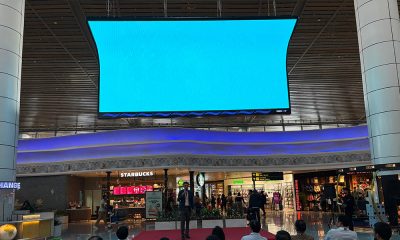
 Digital Display
Digital DisplayTimes OOH installs curved LED videowall at Goa Airport
-

 Campaigns
CampaignsDS Group launches ‘Living Billboard,’ A Green Plantation Drive
-

 Campaigns
CampaignsTommy Watches’ ‘Time For A Hilfiger Holiday’ campaign
-

 Markets in Focus
Markets in Focus‘The OOH market here is functional and consistent, but it is still primarily local.’
